The Ns Have It: Hot 802.11n Wireless Products

The announcement came without much fanfare, but on Sept. 10 the Institute of Electrical and Electronics Engineers (IEEE) finally ratified the 802.11n standard for wireless products to improve network throughput over previous standards -- a full seven years after it was first proposed.
Of course, most wireless vendors have been selling 802.11n products for years, under "draft n" certification. Here's a look at what some of the top vendors in wireless LAN have been pushing for 802.11n-based networking products as of late, from access points and routers to even home-integration tools.
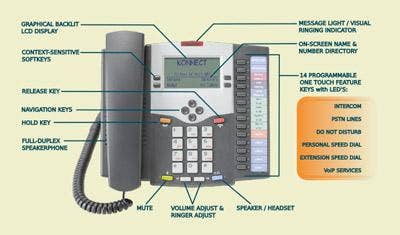
Cisco's 1140 Series, debuted in January, features radio resource management, CleanAir technology to detect sources of network interference and 802.3af Power over Ethernet (PoE). According to Cisco, it uses 12.95 watts of power and comes in optional multiunit eco packs that offer 10 unified or five stand-alone access points.

Aruba's latest access point measures 5.2 by 5.3 by 1.7 inches and includes dual radio, 2x2 MIMO design, delivering up to 300 Mbps per radio. It boasts integrated antennas to support both wall and ceiling mounts, 802.3af PoE capability and software reconfiguration that allows users to repurpose it for connectivity, mesh, intrusion sensor and remote access applications.

Trapeze's MP family includes indoor and outdoor access points such as the MP-623 (pictured), all of which support 802.11n as well as 11a/b/g. Along with controllers and access points themselves, Trapeze touts its Mobility System Software, which Trapeze couples with its RingMaster management suite to help users maximize their wireless performance and security.
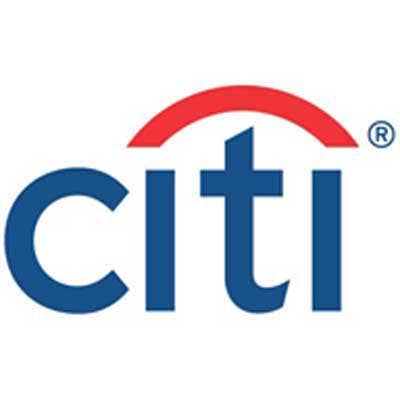
Meru's AP320 is a dual radio wireless access point designed to offer 802.11n performance and support legacy 802.11a/b/g devices in environments that haven't made the transition to "n." According to Meru, it provides capacity of up to 300 Mbps and can operate at 2.4 and 5GHz.

D-Link's Xtreme N Storage Router is an all-in-one router and storage device offering 802.11n performance. It has built-in network-attached storage, a digital photo frame and power-saving features, and according to D-Link, also includes a 2.5-inch SATA hard drive, built-in UPnP AV server and a 1.6 million color 3.2-inch LCD screen.

Ruckus recently expanded its dual-band product portfolio with the ZoneFlex 7962, which the company said is designed to support concurrent data and video traffic. The 7962 can be deployed both as a stand-alone access point or part of a managed WLAN environment alongside Ruckus' ZoneDirector Smart WLAN controller, and also offers a 19-element smart antenna array that conforms to the fastest signal path available.

Motorola's AP 7131 Access Point is, according to Motorola, the industry's first to offer tri-radio design to work with all IEEE-certified WLAN environments. It includes 802.11n support with 3x3 MIMO and Multi Mode Rogue AP detection, including on-board IDS, mobile unit assist mode and a dedicated wireless IPS sensor radio. Motorola includes mesh networking capabilities, an adaptive AP mode, WAN and LAN ethernet ports, Java Web-based graphical user interface and integrated VPN, among other features.

One of ProCurve's newer switches, the 6120XG is designed for C-Class BladeSystem enclosures and offers 16 10-Gb downlinks and eight 10G SFP+ uplinks. HP ProCurve targets the Blade Switch toward data center migrating to 10 Gb architectures; the 6120XG supports dual speeds on uplinks and Converged Enhanced Ethernet HW capability.

Aerohive's 300 series 802.11n access points (AP 340 is shown) are designed for placement in carpeted indoor environments but also outdoor deployments. Members of the series boast dual concurrent 2.4 and 5GHz 3x3 MIMO antennas and also feature dual 10/100/1000 Ethernet ports.

According to Netgear, its WND7300 Router is primarily a home integration device but also has become popular as a channel play for small businesses. It offers a 680MHz processor, automatic quality of service, WAN to LAN throughout of 500 Mbps, a dedicated video network in 5GHz band, multiple SSID support and a traffic meter for gauging download and upload traffic and speeds.
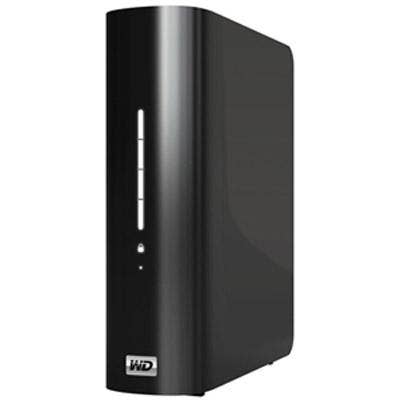
The WX3024 is an enterprise-class wireless user access controller from 3Com that comes with 24 10/100/1000Base-T ports supporting PoE. The access controller offers 10g Ethernet uplinks, two standard Xenpak slots or optional XFP-based 10g modules, support for 24 managed access points and 1,024 wireless users, and centralized forwarding, virtual AP services and support for Layer 3 roaming.
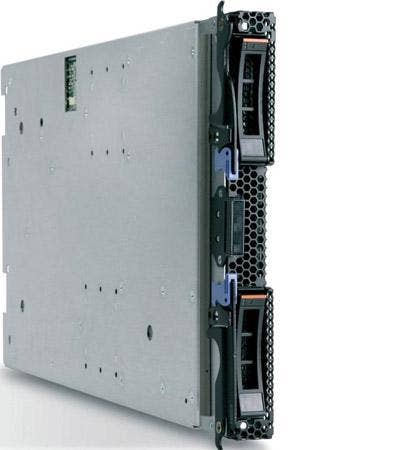
While Polycom's SpectraLink 8000 Series wireless phones are 802.11 a/b/g compatible, Polycom reports that a number of WLAN vendors -- Meru, Trapeze, 3Com, Cisco and Motorola among them -- have certified their 802.11n access points, switches and controllers with Polycom's handsets as part of Polycom's VIEW partner program with OEMs.
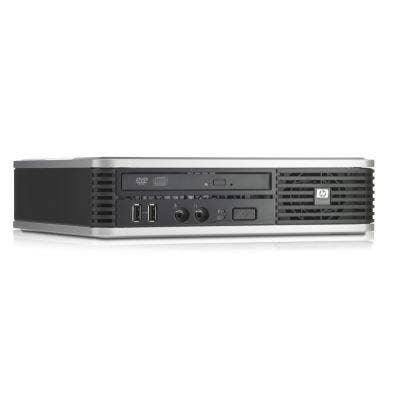
AirTight Networks incorporated 802.11n support into its SpectraGuard wireless intrusion detection suite. The SpectraGuard 802.11n solution includes an 802.11n MIMO sensor (pictured), SpectraGuard Planner 5.0 for deployment planning in 802.11n environments and a free utility, the 802.11n WLAN Coverage Estimator.
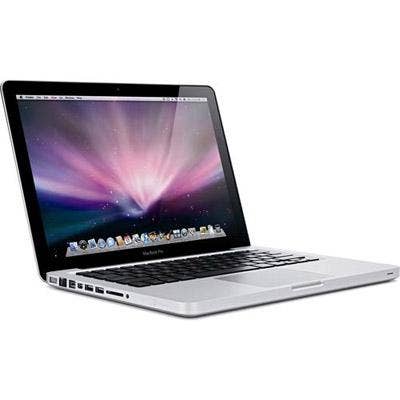
Meraki is among vendors that have recently been pushing a "cash for clunkers" program that allows users to trade in legacy WLAN infrastructures for rebates on 802.11n products. Among Meraki's offerings are the MR58, which has three 802.11n radios and is designed for rugged deployments in outdoors or industrial settings. According to Meraki, the MR58 can be used to create long-distance mesh links as far as 20 kilometers with optional antennas.
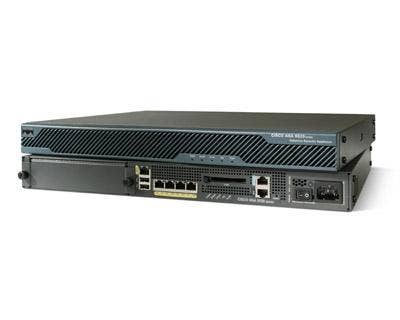
Alcatel-Lucent's OmniAccess family includes two 802.11n 3x3 MIMO, dual-radio access points for indoor wireless environments. The AP124 features detachable antenna interfaces, while the AP125 offers a dual-band antenna. Both have backward compatibility with 11a/b/g Wi-Fi clients, both operate with 802.3af compliant PoE and 802.3at devices, and both support dynamic RF management, air monitoring over 2.5 and 5GHz spectrums and wireless intrusion prevention, as well as call admission control and other features.
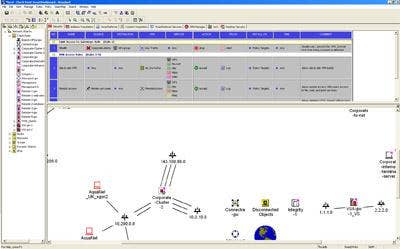
Part of Nortel's WLAN 8100 series for enterprises, the WLAN Controller 8180 can support up to 512 802.11n access points as well as scalable architecture and support for 7,000 APs and 32 controllers per cluster.
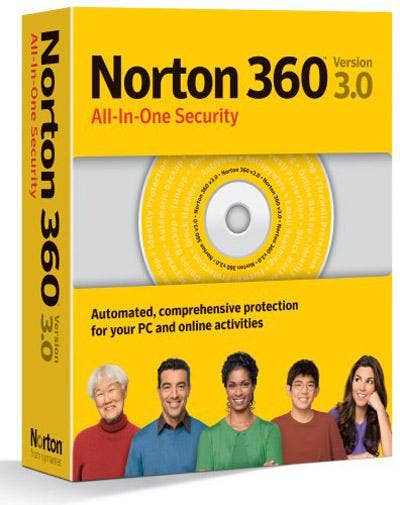
BlueSocket's 802.11n-ready family includes WLAN controllers (pictured) that offer open systems interoperability, flexible role-based access control, universal WLAN authentication, data encryption, security and QoS for VoIP, intrusion detection and worm protection and secure mobility. The 5200 controller supports 150 access points, offers 4 GbE data ports, supports optional fiber, includes one GbE failover and comes as a 17.5 by 3.5 by 17.5-inch with 2U rack.
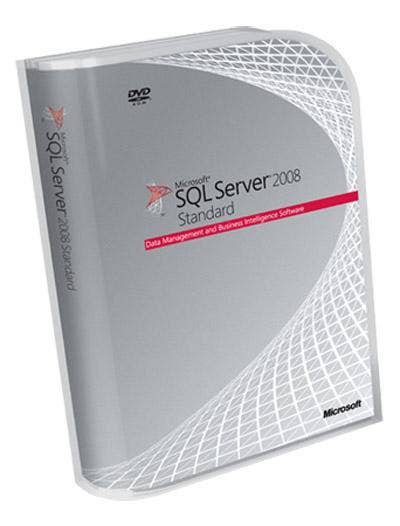
Belkin has a family of 802.11n products geared to home integration or small businesses. Among them is the N1 Vision, which allows users to gauge a network's broadband speeds and the bandwidth usage of their computers. The N1 vision is a plug-and-play setup, covers a range of up to 1,600 feet and allows for 253 users on a LAN or 16 on a WLAN.